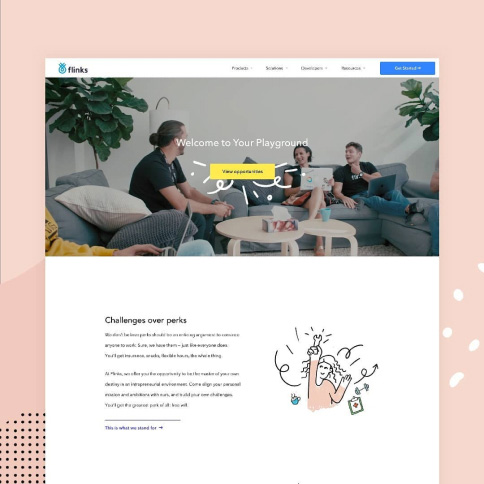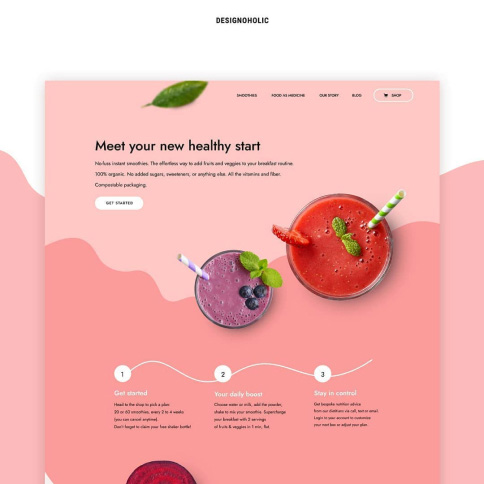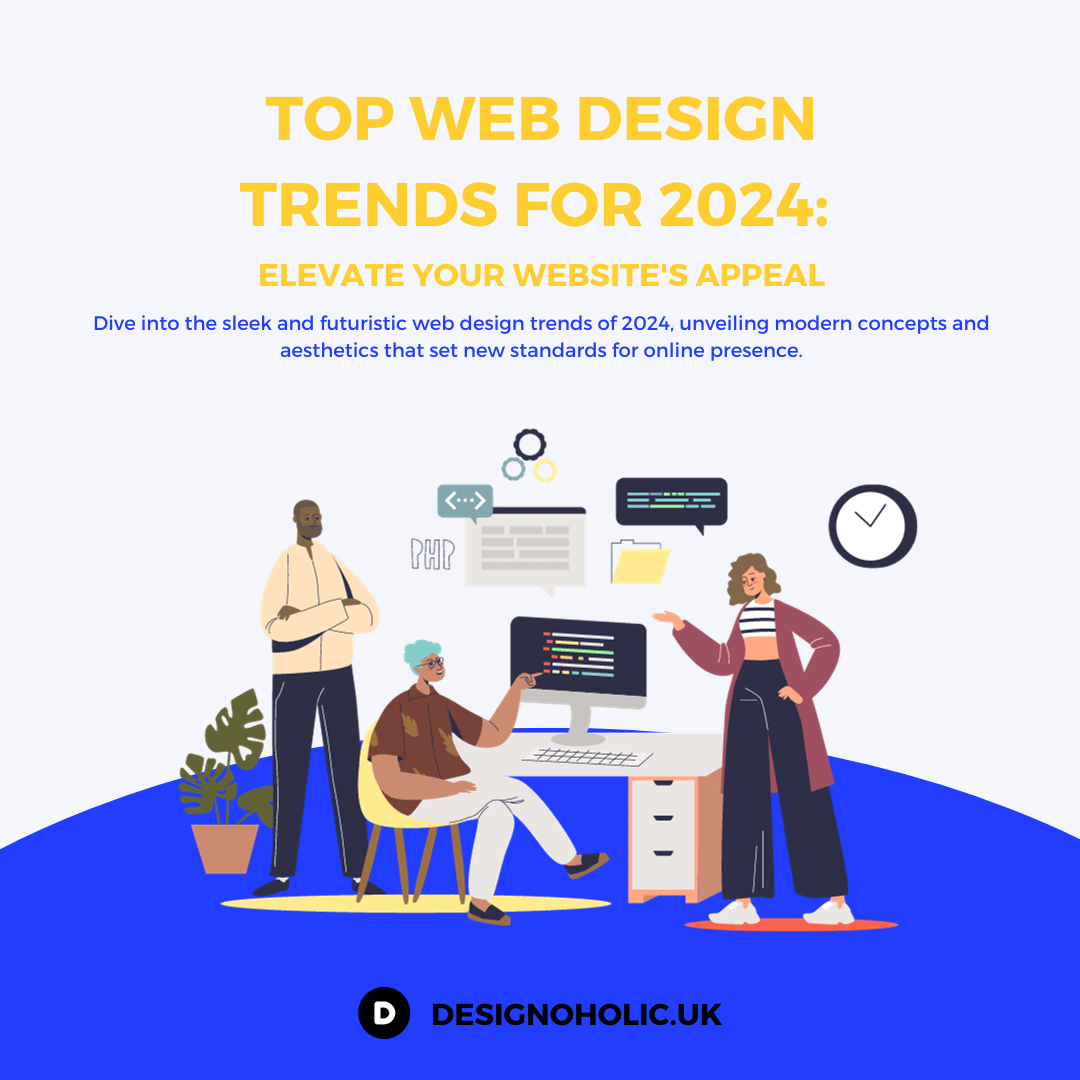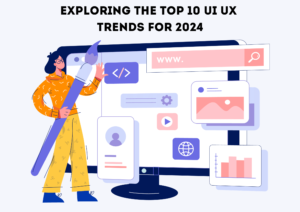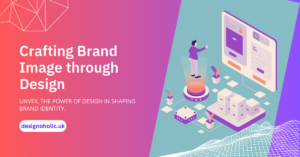
The Intersection of AI and Graphic Design: Creating Compelling
Introduction
In today’s fast-paced world of graphic design, the integration of Artificial Intelligence (AI) has triggered a transformative wave, especially within the realm of User Interface (UI) design. “AI in Graphic Design: Transforming UI Design and Ethics” is reshaping UI design, ultimately yielding visually captivating and engaging interfaces. This article will delve into the dynamic synergy between AI and graphic design and explore how “AI in Graphic Design: Transforming UI Design and Ethics” is revolutionizing UI design while maintaining ethical standards.
Using Robots to Do Routine Work
Artificial intelligence (AI) is changing the manner in which designers approach mundane tasks by enabling them to streamline previously labor-intensive procedures. When these processes are automated, designers have more time for original thinking. Important uses of artificial intelligence in automating mundane tasks include:
- Background pattern and texture generation: AI algorithms can generate novel and aesthetically pleasing patterns for use in UI design.
- Image processing: Tools powered by artificial intelligence can examine images, crop them, or resize them automatically to meet the needs of a given design.
- Color scheme selection: Selecting a pleasing color scheme can be accomplished with minimal effort thanks to AI algorithms that make suggestions based on the prevailing emotional tone or theme.
- Workflow improvement: Designers’ workflows are improved, and more time is spent on the imaginative components of UI design when these mundane tasks are automated.
Adaptive Planning
Due to AI’s predictive capabilities, UI designers can now anticipate user needs effectively, leading to improved user experiences and more customized interactions. This predictive design approach encompasses various AI applications:
Tailored User Interfaces: AI algorithms analyze user activity, interests, and demographics to craft unique interfaces that cater to individual user requirements.
Enhanced Accessibility: AI algorithms identify users with specific accessibility needs, particularly those with visual impairments, enabling the creation of interfaces designed for easier readability and navigation. This often involves using larger fonts, contrasting colors, and emphasizing icons.
Predictive Design Techniques: UI designers increasingly rely on predictive design techniques to better align with user preferences and expectations.
Improve Your Visuals
With AI’s ability to analyze large amounts of data, designers now have more tools at their disposal to create stunning visuals. Artificial intelligence algorithms can analyze large datasets to spot behaviors and patterns, along with aesthetic choices, that can then be used to guide the design process. Improvements in visual quality that can be attributed in part to AI include:
- Color trend analysis: AI algorithms are capable of assessing color trends and recommending color schemes that are harmonious, elicit the desired emotions, or are consistent with the brand’s identity.
- Unique typefaces: Generating one-of-a-kind typefaces using specific design criteria or brand traits is now possible with the help of AI-powered tools.
- Visual icon and graphic creation: Artificial intelligence (AI) strategies are capable of creating visual icons and graphics that fit the design aesthetic and the project’s goals.
- Real-time insights: The ability of AI to interpret user input and engagement data can inform iterative design processes, enabling real-time insights to improve visuals.
Human Creativity and Morality
While AI has many potential applications within UI design, it is essential to remember that it should complement human abilities rather than supplant them. Designers have to find a happy medium between using AI tools and bringing their own individual creativity to bear on the process. When applying AI to design, it’s also important to think about the implications for ethics.
- Avoiding the perpetuation of bias: AI algorithms can unintentionally amplify bias if they are taught using biased data. In order to produce results that are both equitable and accessible, designers must be cognizant of this fact and make efforts to reduce bias.
- Prioritizing accessibility: Accessibility is a top priority, so designers should make sure their interfaces work for everyone, irrespective of their capacity or personal traits. Artificial intelligence (AI) has the potential to widen access, but it is important for developers to use inclusive data when training their algorithms.
- Maintaining ethical values: Designers can improve the user experience and maintain the values of equality, inclusivity, and accessibility by utilizing the might of artificial intelligence (AI) while remaining mindful of ethical considerations.
Conclusion
Graphic design and user interface design, in particular, are experiencing a revolution due to the introduction of AI. Optimizing their workflows, customizing their users’ experiences, and making visually stunning designs are all made easier with the help of AI’s ability to automate repetitive tasks, enable predictive design, and leverage data analysis capabilities. Given that AI acts as a tool to enhance human creativity and intuition, ethical considerations should guide its application. The influence of AI on UI design will continue to grow as the field develops, opening the door to new and exciting possibilities.
Latest insights, stories, and news
from Designoholic
